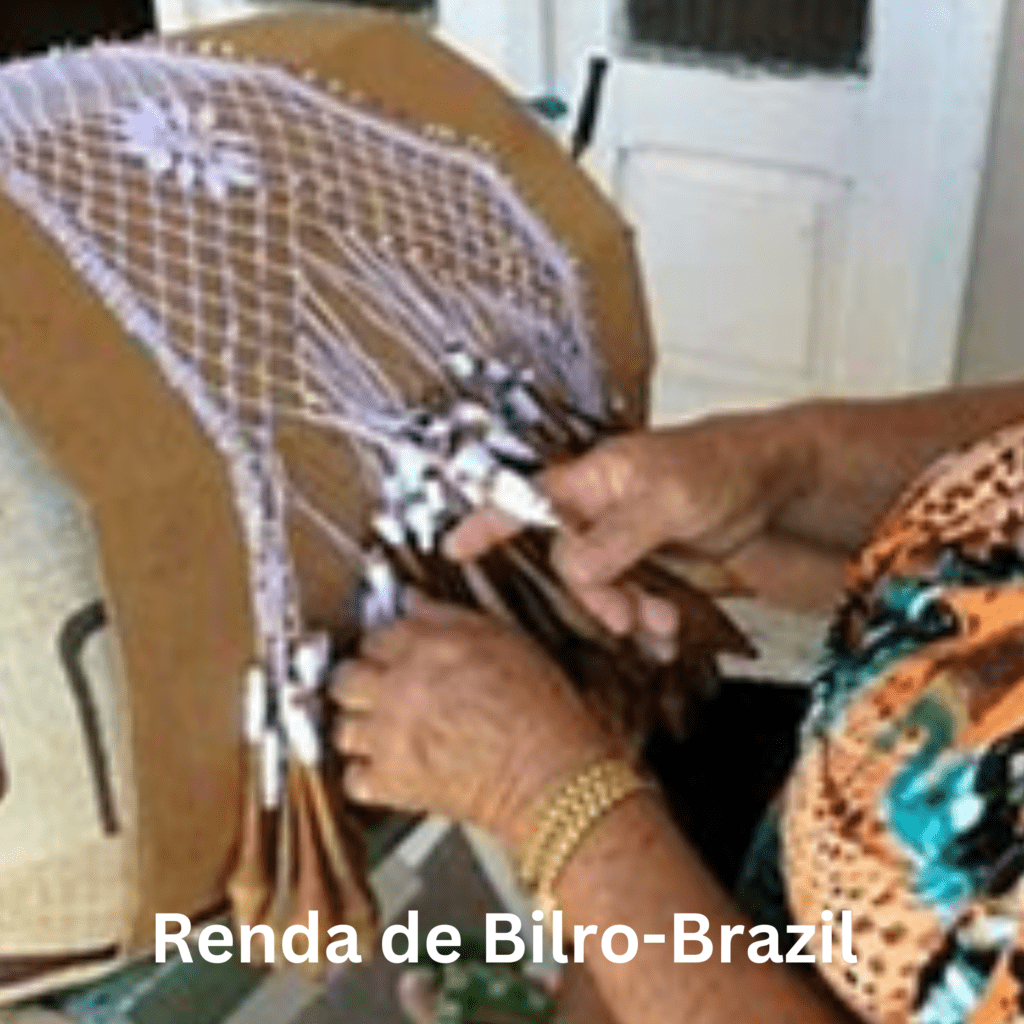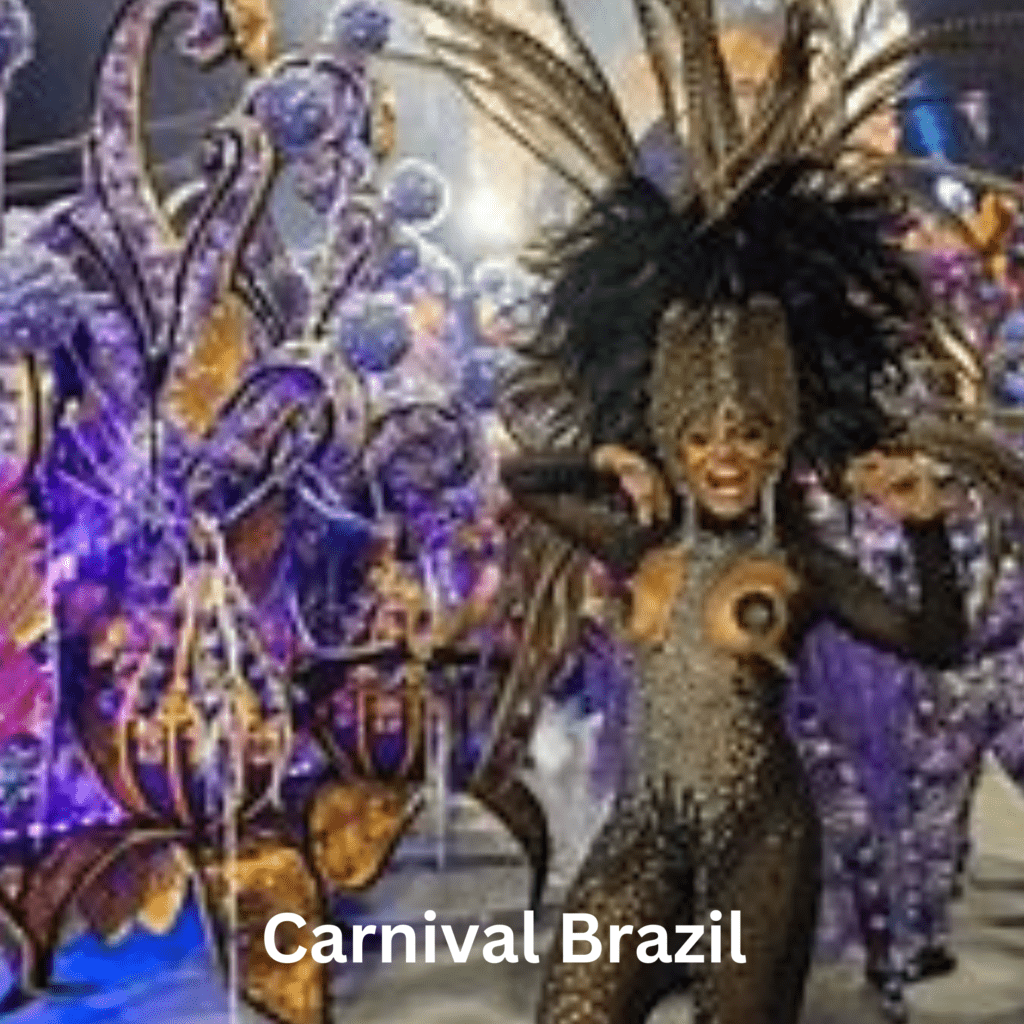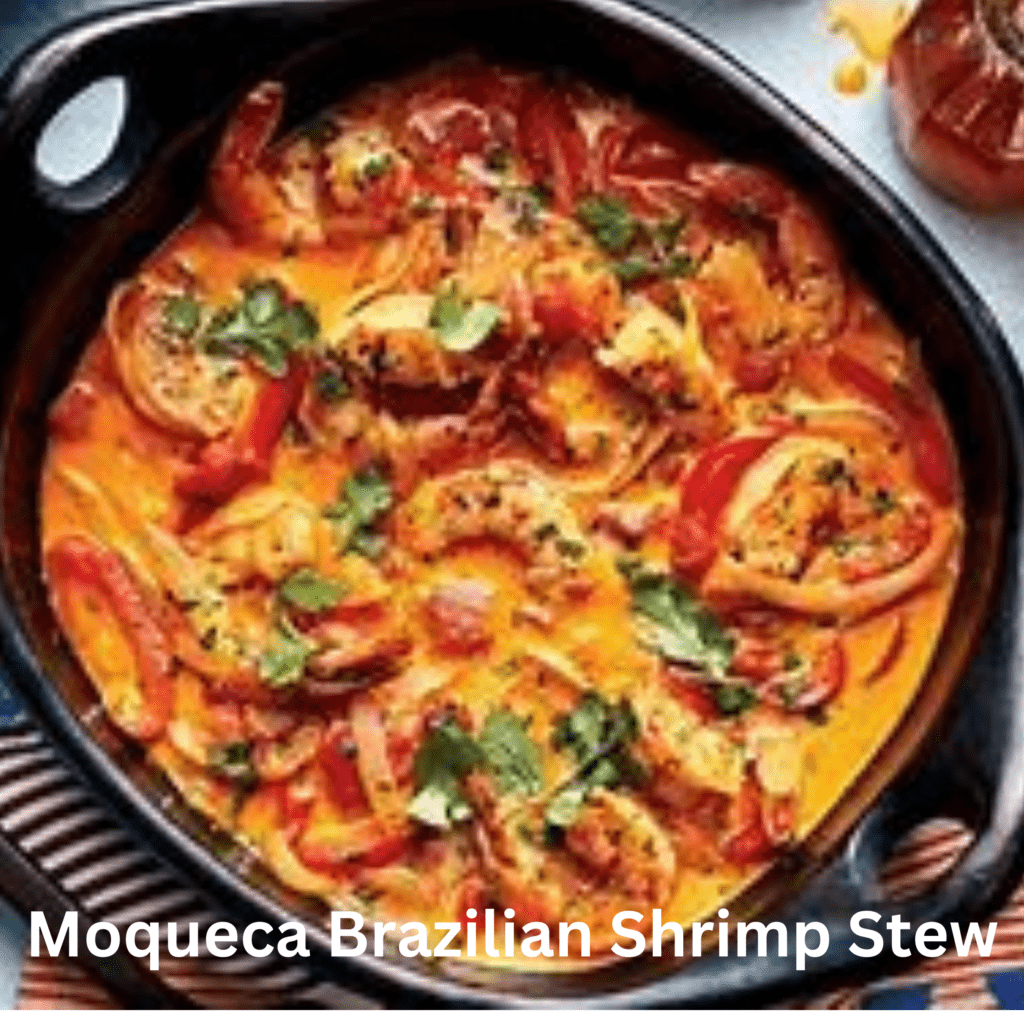
Brazil is a vibrant South American nation known for its rich, diverse heritage, lively music, and passionate love for sports, especially football. This massive beauty takes up almost half of the South American continent and dominates the east. Brazil has nearly 206 million inhabitants, and roughly 76% regularly participate in leisure activities. Let`s dive into some exciting hobbies in Brazil.
Hobbies in Brazil
An active lifestyle is at the heart of Brazilian culture. Like all other countries, Brazilians emphasize health, social interaction, and the enjoyment of outdoor activities is paramount. Physical activity is a vital part of daily life, not just for maintaining fitness but also for fostering community ties and having fun.
Brazil’s delightful climate and stunning landscapes, from beaches to urban parks, provide ample opportunities for everyone to engage in outdoor sports and recreation. An active lifestyle in Brazil is as much about enjoyment and community as it is about health.

Sporting Passion: Football and Beyond
The Brazilian Soccer Federation has left an undeniably high standard for the world to aspire to and follow. Brazil leads the world with 5 FIFA World Cup titles (1958,1962, 1970, 1994, and 2002). It is no wonder that soccer fever captures the hearts of many in the nation.
Here are some of Brazil’s top sports:
Soccer (Futebol) – It is no secret that soccer is a national passion and enjoyed by all age groups.
Volleyball – Volleyball is gaining traction, especially on beaches and in schools.
Futsal – Brazilians love soccer so much that they even invented another form (played indoors), trending in urban areas.
Capoeira – Is a unique blend of martial arts and dance.
Surfing – A favorite along Brazil’s extensive coastline, with hotspots in regions like Rio de Janeiro and Florianópolis.
Sand surfing-sandboarding is becoming more popular in Brazil, especially in regions with massive sand dunes. Areas like Florianopolis, Natal, and Jericoacoara are thriving sand-surfing hotspots.
Beach Tennis – Gaining popularity, especially in coastal areas.
Jiu-Jitsu – Brazilian Jiu-Jitsu is widely practiced and respected in the martial arts community.
Running and Marathons – Gaining in popularity with events held across major cities.
Basketball is especially popular among younger generations and in urban centers.
Skateboarding – Thriving in urban settings, particularly among the youth.
Rayssa Leal, known in Brazil as the “Fadinha do Skate” (Little Fairy of Skateboarding) is the current bronze medal winner at the Paris 2024 Olympics. She gained fame at a young age when a video of her performing tricks in a fairy costume went viral.
At 13 years of age, she became the youngest Brazilian Olympic medalist when she won the silver medal at the 2020 Tokyo Olympics. Her vibrant personality, exceptional talent, and youthful spirit have made her a beloved figure in skateboarding and beyond.
These sports reflect Brazil’s dynamic outdoor lifestyle and its emphasis on physical activity as both recreation and cultural identity.
Brazil’s Artistic Flair: Painting and Crafts
The Color of Life
Traditional Brazilian arts and crafts are a vivid tapestry of the country’s diverse cultural influences, blending indigenous, Afro-Brazilian, and European traditions. Indigenous crafts (Amazonian tribes) often take advantage of natural materials like clay, wood, and fibers from native plants to create sophisticated baskets, pottery, and jewelry.
Weaving and carving are popular practices passed down through generations, incorporating the connection between the community and the natural environment. Afro-Brazilian crafts, heavily influenced by African traditions, often feature vibrant colors and intricate beadwork, as seen in the production of ceremonial items like the orixá dolls (Nigeria, Ghana) and candomblé artifacts.

European Brazilian crafts, introduced by Portuguese settlers, include delicate lacework and ceramics, with styles like Renda de Bilro lace and Azulejo tiles, exhibiting a blend of Old-World techniques with local Brazilian designs. These spirited crafts demonstrate Brazil’s rich cultural diversity and the pliability and creativity of its people, conserving history through art.
Brazilian Candomblé artifacts are sacred objects used in Afro-Brazilian religious rituals. They are beautifully crafted statues, beads, and drums. Each artifact represents a connection to the gods or Orixás.
Some believe the decorative artifacts hold spiritual significance and are channels to the divine energies that guide and protect the faithful. Orixá dolls are vibrant, handcrafted figures representing the powerful deities of Candomblé. They embody the unique traits and energies of the gods they depict and are used in rituals and as symbols of devotion.
As Brazil grew and evolved, so did its artistic expression, with modern painters embracing abstract and surrealist forms, often using bold, expressive colors to capture the country’s dynamic spirit. For Brazilians, color is not just a visual element but a language of emotion and identity, with vibrant hues representing the energy of their landscapes, festivals, and everyday life.
Painting as a hobby in Brazil is a vibrant reflection of the country’s rich history, intertwining classical and contemporary styles. The colonial era introduced European techniques, leading to classical works often depicted in religious and historical themes with great attention to detail.
These poetry slams typically occur in urban centers, often in cultural spaces, community centers, bars, and public squares. Some of the most popular places for poetry slams include Sao Paulo, Rio de Janeiro, and Belo Horizonte.
Some of Brazil’s Finest Painters
Candido Portinari (neo-realism art)
Tarsila do Amaral (innovative art)
Vince do Rego Monteiro (modernism)
Emiliano Di Cavalcanti (modernism)
Modern Brazilian Artists
Beatriz Milhazes’ vibrant, colorful collage-type works blend abstract art with Brazilian culture, including elements from nature, folk art, and Baroque architecture.
Adriana Varejão explores themes of identity, colonialism, and the history of Brazil in her work, often incorporating materials like ceramics and (azulejos) Portuguese tiles.
Vik Muniz creates complex images using unconventional materials (sugar, chocolate, string), which he then photographs, blurring the lines between painting, sculpture, and photography.
Romero Britto is notorious for his pop art style flair characterized by bold colors, playful themes, and a mix of cubism with graffiti.
These artists have influenced Brazilian art and culture in profound ways. Each contributes significantly to its global recognition.
The Rhythm of Brazil: Music and Dance

Dance is more than just a hobby in Brazil; it is a throbbing expression of the nation’s soul. Brazil`s world-renowned carnival is notorious for vibrant music and exquisite costumes. From the lively beats of Samba, which originated in the Afro-Brazilian communities of Rio de Janeiro, to the rhythmic steps of Forró (Brazil’s sultry partner dance), originating from the Northeast, Brazilian dance captures the essence of its people.
Capoeira is a unique blend of martial arts and dance, telling stories of resistance and resilience, while Funk Carioca (hip-hop genre) reflects the modern-day struggles and joys of urban life. These dances are inherent to Brazil’s identity, serving as a means for storytelling, celebration, and social connection.
Dance in Brazil is a communal activity that transcends age and class, uniting people in a shared rhythm of life. The vibrant movements and colorful costumes associated with these dances highlight the importance of joy, freedom, and cultural pride in Brazilian society and the soul of Brazilian carnival.
Literary Escapes: Reading and Writing
Brazil’s literature scene is a dynamic blend of tradition and innovation. In Brazil, reading is actively promoted to all age groups through a variety of engaging initiatives. Reading workshops geared to the youth help foster a love for literature from an early age.
Book clubs are popular in urban areas. Members meet to discuss Brazilian classics like Machado de Assis’s Dom Casmurro or contemporary works by authors like Clarice Lispector and Paulo Coelho.
Writing workshops are also available to help provide aspiring writers with the necessary tools to develop their craft, often guided by seasoned authors who mentor participants in exploring their creative voices.
Brazil’s poetry slams, known as “batalhas de poesia” or “slams de poesia,” are vibrant, community-driven events. Poets passionately perform their original verses, often touching on social issues, identity, and resistance. These slams have become a powerful platform for marginalized voices. The blend of Brazilian rhythmic music with the raw, powerful energy of spoken word makes them a cultural phenomenon and a form of activism.
Poetry slams and literary festivals like Festa Literária Internacional de Paraty (FLIP) offer vibrant platforms for professional and amateur poets to perform their work, making literature a shared, communal experience. Storytelling in Brazilian culture is a means of entertainment and an avenue to connect communities and preserve the nation’s diverse voices. Poetry slams and festivals in Brazil nurture a flourishing literary culture that celebrates the power of words and the joy of reading.
These slams are more than performances but community gatherings, where participants share their stories and perspectives, creating a lively and inclusive atmosphere.
Gastronomic Delights: The Flavor of Brazil

Brazil’s cuisine is as diverse and vibrant as its culture, with regional dishes that reflect the country’s natural resources and rich history. According to statistics 38% of Brazilians engage in cooking as hobbies.
Here are some of the best and most iconic Brazilian dishes:
Feijoada (National Dish) is a hearty, rich black bean stew with pork (slow-cooked to perfection). It’s usually served with collard greens, rice, and orange slices. Originated in Rio de Janeiro.
Moqueca is a flavorful fish stew simmered in coconut milk, palm oil (in Bahia), tomatoes, and onions. The Bahian version is known for its vibrant use of dendê oil, while the Capixaba version from Espírito Santo omits the coconut milk and dendê, focusing on fresh, local ingredients. Originated in Bahia and Espirito Santo.
Churrasco is known as Brazilian barbecue, particularly popular in the south, where gauchos (cowboys) grill high-quality meats over open flames. Cuts like picanha (top sirloin cap) are seasoned simply with coarse salt, allowing the meat’s natural flavor to shine. Originated in Rio Grande do Sul.
Acarajé this dish has deep ties to Afro-Brazilian culture. It is a black-eyed pea fritter, fried in dendê oil, and typically stuffed with vatapá (a creamy paste made from shrimp, peanuts, and coconut milk) and caruru (okra stew), a symbol of Bahian street food.
Coxinha is a teardrop snack made of shredded chicken wrapped in dough, then breaded and fried. The secret to a perfect coxinha is a well-seasoned filling and a crispy, golden crust. Origin Sao Paulo.
Vatapá is a creamy dish made from bread, shrimp, coconut milk, peanuts, and palm oil. Vatapá is a rich and flavorful staple in Bahian cuisine, often served with acarajé or as part of a moqueca.
Tapioca is crepes made from manioc (cassava) starch with fillings ranging from anything, cheese, and ham to sweet fillings like condensed milk and coconut. They are popular street food and breakfast options in the Northeast.
Farofa is a savory side dish from toasted cassava flour, often mixed with bacon, onions, and eggs. Farofa is a versatile dish served alongside meats, feijoada, and more.
Vatapá is a creamy dish made from bread, shrimp, coconut milk, peanuts, and palm oil. It is a rich and flavorful staple in Bahian cuisine, often served with acarajé or as part of a moqueca.
Pão de Queijo are addictive cheese bread balls made with tapioca flour and Minas cheese, creating a crispy outside and a soft, chewy center. They are a staple at breakfast or as a snack. Originated in Minas Gerais.
These dishes showcase the diversity of Brazilian cuisine, with each region contributing its unique flavors and culinary traditions to the national palate.
Other popular hobbies in Brazil include traveling, gaming, gardening, fishing, photography, hiking, DIY projects, and cycling.
Conclusion
Many Brazilians indulge in interesting and exciting hobbies. Thanks to their temperate climate, Brazilians enjoy an active and vibrant lifestyle. Many outdoor sports are increasing in popularity in Brazil, such as volleyball, basketball, skating, and sand surfing.
Being active, getting adequate outdoor exposure, and engaging in beloved passions are vital for good health. Stress reduction and hobby participation may help improve overall health and well-being. Studies show people who live healthy lifestyles by reducing stress and increasing hobby engagement have a longer, healthier life span.
FAQs
1. What is the most popular hobby among Brazilians?
Football (soccer) is the most popular hobby among Brazilians.
2. How does Brazilian culture influence its hobbies?
Social interaction, music, and outdoor activities deeply influence Brazilian hobbies.
3. Are there any hobbies unique to Brazil that aren’t common elsewhere?
Capoeira: a mix of martial arts and dance originated from Brazil.
4. What are some family-friendly hobbies in Brazil?
Family-friendly hobbies include beach outings, barbecues, and watching telenovelas together.
You may also like:
10 Relaxing & Safe Hobbies to Enjoy During Pregnancy | Elevate Healthy Lifestyle Choices
Best Immune System Boosters | Elevate Healthy Lifestyle Choices
Can Stretch Marks be Removed? | Elevate Healthy Lifestyle Choices
